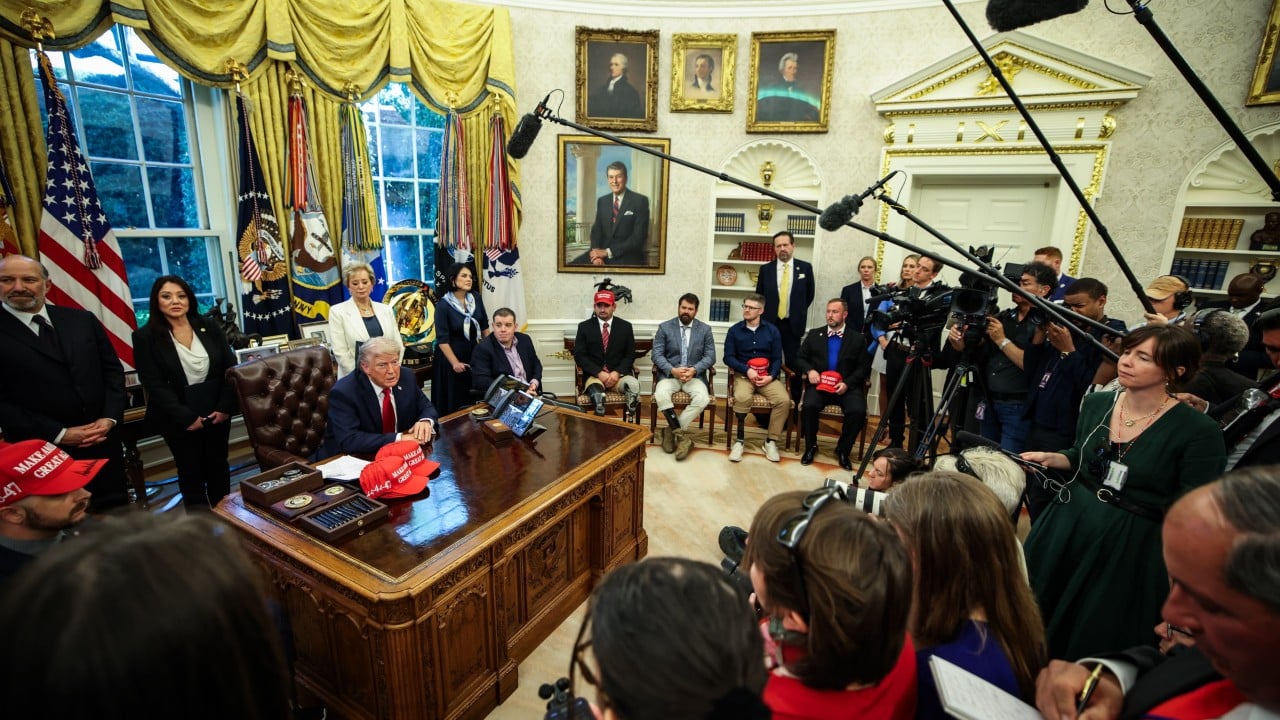In the era of heightened geopolitical competition in nascent technologies, it is tempting to view the artificial intelligence (AI) race as centred around two key players – the United States and China.
Advertisement
At the Politburo’s April 25 economic-analysis meeting, Chinese President Xi called upon the nation to “achieve self-reliance and strength”, according to a Xinhua readout, and “secure a competitive edge in AI” – stopping short of naming the US.
Reciprocally, the US views China’s growing technological prowess with wariness – perhaps best epitomised by the Framework for AI Diffusion published in January, outgoing president Joe Biden’s parting “gift” that would have imposed stringent export controls on advanced AI chips across the world on May 15, but for US President Donald Trump’s decision to rescind it.
Many feel it is imperative for American companies to build artificial general intelligence (AGI) – AI that reaches or surpasses human cognitive capabilities – before China, so as to secure holistic advantage in this great game.
Yet this is a foolhardy narrative. Unbridled AI development – with immense risks ranging from the loss of human control over autonomous weapons systems and nuclear weapons to deception and manipulation by non-aligned AI – could produce a world where everyone loses. At what cost would this race be “won”?
Advertisement
Such simplistic, binary narratives also neglect the agency and interests of third parties – countries, multinational organisations and powerful corporations neither fully aligned with Beijing nor Washington. While AI model training and development is resource-intensive, model performance is but one part of the equation.

